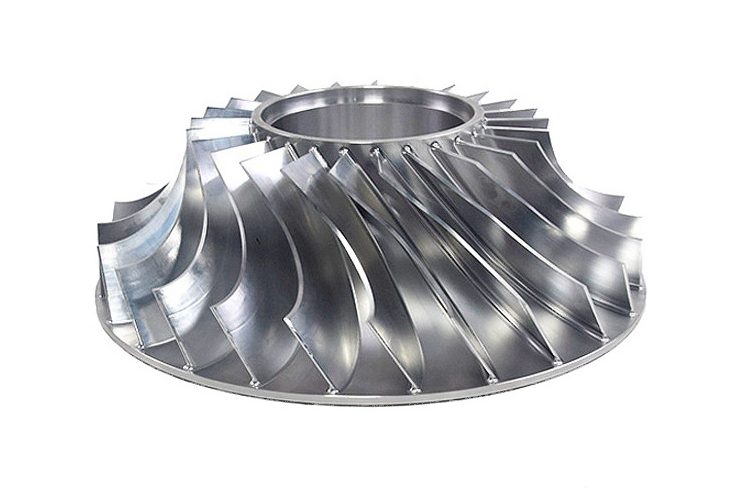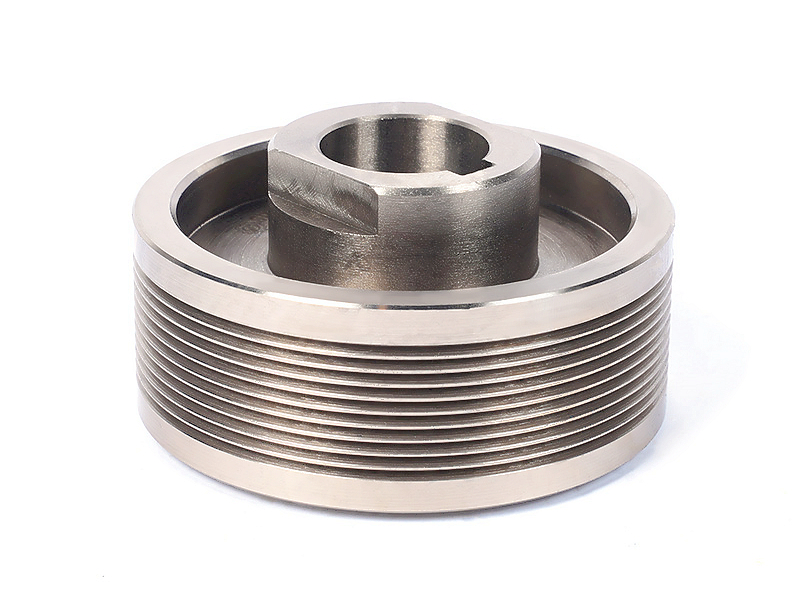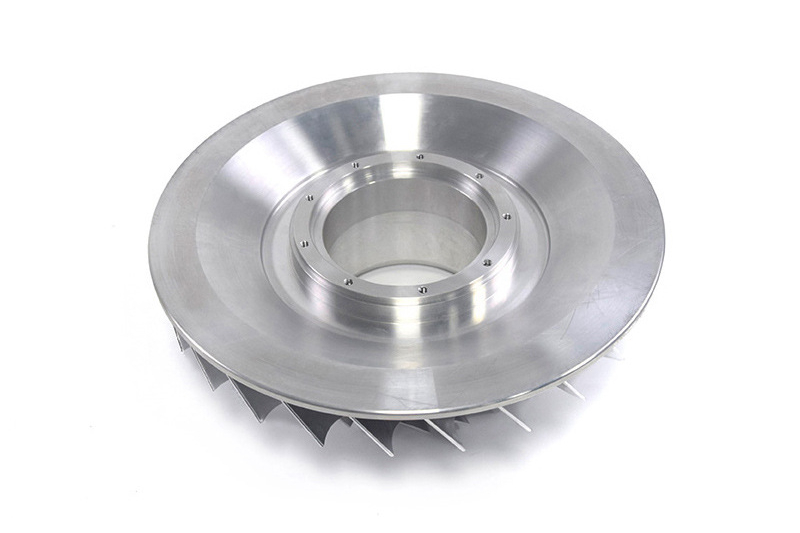Does micro-arc oxidation change dimensions? What’s typical coating thickness?
From a manufacturing and engineering standpoint, Micro-arc Oxidation (MAO), also known as Plasma Electrolytic Oxidation (PEO), is a robust surface treatment for valve metals like aluminum, titanium, and magnesium. A critical consideration for any precision machining service is its impact on part dimensions.
Dimensional Impact of Micro-Arc Oxidation
Yes, Micro-arc Oxidation does change the dimensions of a part, and this must be accounted for in the design and machining stages. The MAO process involves growing a ceramic oxide layer directly from the substrate metal through high-voltage arc discharges. This growth adds material to the original surface.
The key characteristic is that the coating grows both inward and outward from the original component surface. Typically, approximately two-thirds of the total coating thickness grows inward into the substrate, and one-third grows outward. This means:
Net Size Increase: The final part will be larger than the machined blank. The outward growth directly increases the critical dimensions.
Consideration for Tolerances: For components with tight tolerances, the pre-MAO dimensions must be machined undersized to compensate for the final coating thickness. This is a fundamental practice in CNC machining prototyping and production when MAO is specified.
Typical Micro-Arc Oxidation Coating Thickness
MAO coatings are significantly thicker than conventional anodizing, offering superior wear and corrosion resistance. The achievable thickness is highly dependent on the substrate material, process parameters, and intended application.
General Range: Typical MAO coating thicknesses range from 10 to 100 microns (µm), and in some specialized applications, can exceed 150 µm.
By Material:
Aluminum Alloys: Common functional coatings are often in the 20-50 µm range. For aluminum CNC machining parts used in high-wear environments like automotive or aerospace, thicker coatings may be applied.
Titanium Alloys: Coatings on titanium parts often range from 10-30 µm for wear resistance, but can be made thicker for thermal barrier or dielectric properties.
Magnesium Alloys: Due to magnesium's high reactivity, MAO is an excellent protection method, with common thicknesses of 15-50 µm to prevent corrosion.
Engineering Considerations for Design and Application
Design for Coating: Sharp edges and corners can lead to non-uniform coating growth and arcing concentration. Generous radii are recommended. The process is well-suited for complex geometries, making it compatible with parts from multi-axis machining.
Post-Processing: The as-coated surface is typically rough and porous. For applications requiring a smooth bearing surface or precise dimensions, post-MAO grinding or honing is necessary. This adds a secondary processing step to achieve the final tolerances.
Performance vs. Thickness: While a thicker coating generally offers better wear and corrosion resistance, it can reduce the fatigue strength of the underlying component due to the micro-cracking inherent in the ceramic layer and the notch effect at the coating-substrate interface.
Application Selection: MAO is ideal for components requiring extreme surface hardness, thermal insulation, or high dielectric strength where a significant dimensional change is acceptable or can be designed for. It is less suitable for components with ultra-tight tolerances or thin walls where the coating thickness would be a substantial portion of the feature size.



